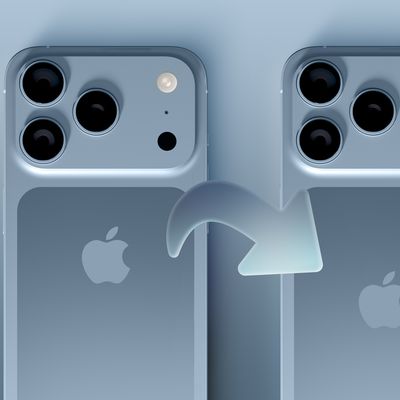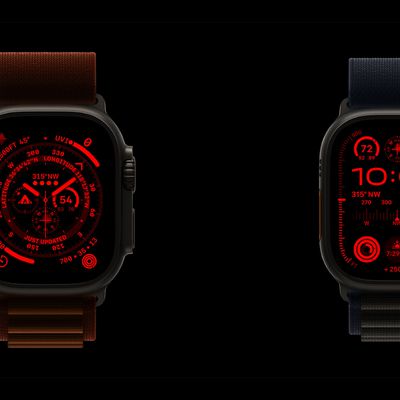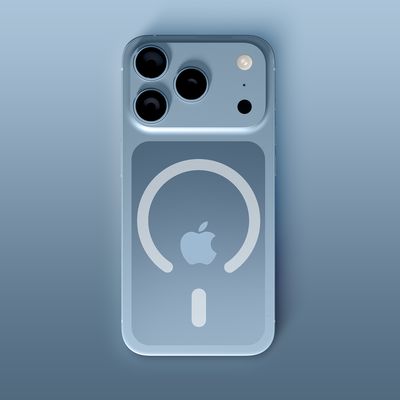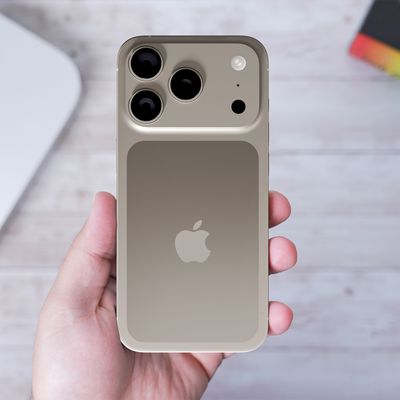Imagination Technologies today announced PowerVR Furian, its next-generation GPU architecture that promises significant improvements in graphics performance and power efficiency that could benefit future iPhones.

PowerVR Furian architecture will offer up to a 70-90% improvement in real-world gaming performance by density, including 35% better shader performance and 80% better fill rate, compared to a similar sized and clocked Series7XT Plus GPU based on current-generation PowerVR Rogue architecture.
Meanwhile, with lower power consumption, an iPhone with PowerVR Furian architecture could have longer battery life for graphics-related tasks.
Imagination Technologies confirmed to MacRumors that PowerVR Furian architecture supports 4K graphics, laying the foundation for future iPhone models to support higher-resolution gaming and other graphics-intensive tasks such as augmented or virtual reality and machine learning.
“We created Furian to address a new class of emerging applications, with a focus on efficient scalability that will extend to multiple generations of PowerVR IP cores. We’re excited to start rolling out the first 8XT IP cores based on Furian. These cores will further cement the leadership of PowerVR at the high end of mobile performance.”
Apple's graphics chip in iPhone 7 and iPhone 7 Plus is a custom-designed version of the Series7XT Plus, and many earlier iPhone models are also based on PowerVR Rogue architecture, so it is reasonable to assume that future iPhone models may use at least some of the PowerVR Furian architecture.
Imagination Technologies said the first GPUs based on PowerVR Furian, such as the Series8XT, will be announced in mid 2017, but don't expect the architecture to power the so-called "iPhone 8" this year. Imagination noted Furian-based mobile devices might not arrive until the end of 2018 at the earliest.
Apple has been a licensee and stakeholder in Imagination Technologies since at least 2008. The two companies have worked closely together over the years, with Apple being a key investor in the UK-based chip designer since it raised its stake in the company to roughly 10% in 2009.
Apple was actually rumored to acquire Imagination Technologies last year, but it later said it did not plan to make an offer at the time. Nevertheless, in recent months, Apple has recruited at least two dozen employees from the chip designer, including former COO John Metcalfe, possibly to build out an in-house GPU team.



















